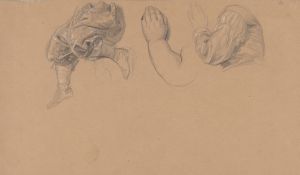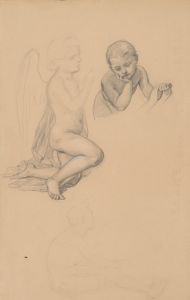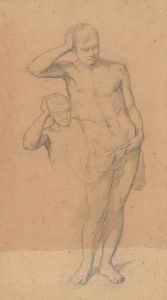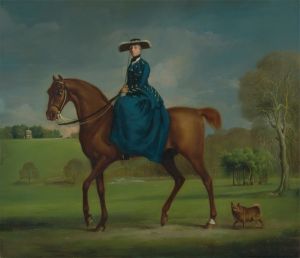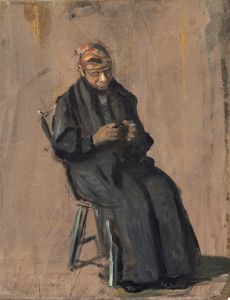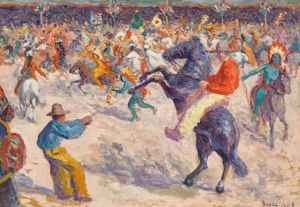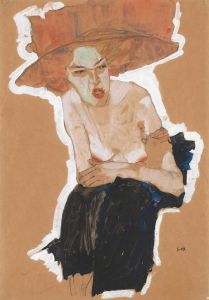
A woman on a horse led by a man in fez
A hand-painted replica of Józef Simmler’s masterpiece A woman on a horse led by a man in fez, meticulously crafted by professional artists to capture the true essence of the original. Each piece is created with museum-quality canvas and rare mineral pigments, carefully painted by experienced artists with delicate brushstrokes and rich, layered colors to perfectly recreate the texture of the original artwork. Unlike machine-printed reproductions, this hand-painted version brings the painting to life, infused with the artist’s emotions and skill in every stroke. Whether for personal collection or home decoration, it instantly elevates the artistic atmosphere of any space.
Józef Simmler was a Polish painter known for his historical and genre scenes, often capturing moments of Polish history and culture with a keen eye for detail and emotion. One of his works, "A Woman on a Horse Led by a Man in Fez," reflects his interest in depicting scenes that convey a narrative or cultural significance.
This painting portrays a woman seated on a horse, being led by a man wearing a fez, a type of hat commonly associated with the Ottoman Empire and regions influenced by its culture. The presence of the fez suggests a setting or influence from the Eastern Mediterranean or North African regions, which were under Ottoman rule or cultural influence during various periods. The attire of the figures and the style of the horse's tack may provide further clues to the specific cultural or historical context Simmler intended to depict, although these details are not extensively documented.
Simmler's work often focused on the interplay between Polish identity and broader European or Eastern influences, reflecting the complex historical interactions between Poland and its neighbors. While the specific narrative or historical event depicted in "A Woman on a Horse Led by a Man in Fez" is not clearly documented, the painting can be appreciated for its composition and the way it captures a moment of interaction between different cultural elements.
The painting is characterized by Simmler's typical attention to detail, with careful rendering of the figures' clothing and the horse's anatomy. The woman's attire might suggest a particular social status or cultural background, while the man's fez indicates a connection to the Ottoman cultural sphere. The landscape or setting of the painting, although not specified, might further enhance the narrative by placing the figures in a context that suggests travel, trade, or cultural exchange.
Józef Simmler was active during the 19th century, a period when Poland experienced significant political and cultural changes. His works often reflect a sense of nostalgia or a desire to capture the essence of Polish identity amidst these changes. While "A Woman on a Horse Led by a Man in Fez" may not be as widely recognized as some of his other historical paintings, it nonetheless contributes to the understanding of his oeuvre and the themes he explored.
In summary, "A Woman on a Horse Led by a Man in Fez" by Józef Simmler is a painting that, while not extensively documented in terms of its specific historical or narrative context, offers insight into the artist's interest in cultural interactions and identity. The painting's details and composition reflect Simmler's skill in capturing moments that resonate with broader themes of cultural exchange and historical narrative.










